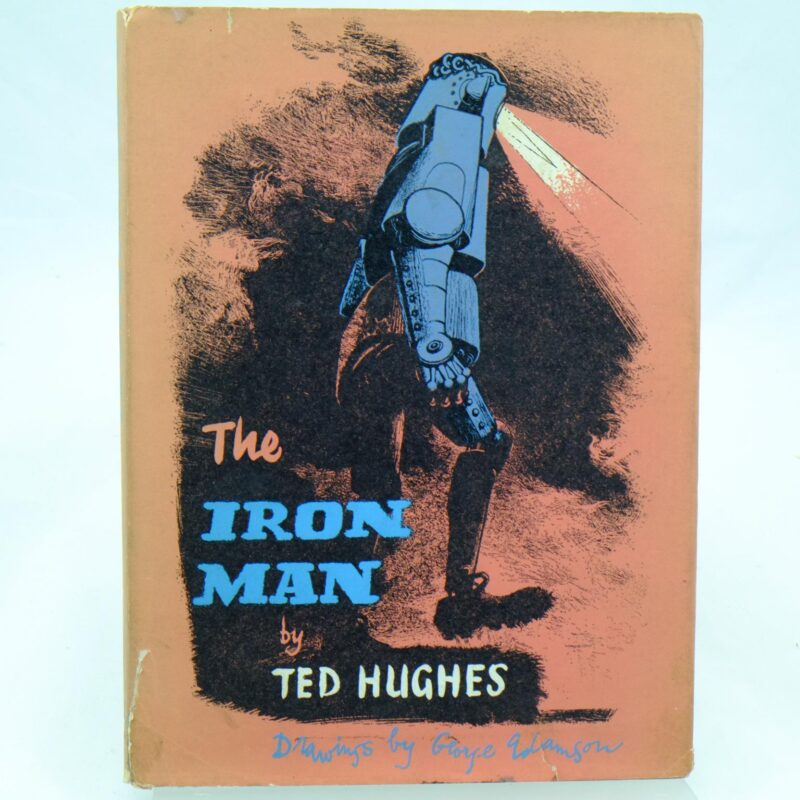

The importance of working together to help and understand each other through the use of mediators is a focus of the story and this is illustrated by the actions of Hogarth, a farmer’s son. It is an engaging tale that teeters on the edge of being a dramatic piece of science fiction and a social commentary on the dangers of alienating and demonising newcomers to our society whose culture and customs are different from our own. Ted Hughes' The Iron Man is a story of contrasts that vividly depicts the unlikely meeting of a “space-bat-angel-dragon” with the tractor-crunching metal giant, village farmers and a little boy called Hogarth. The story has elements of fantasy and science fiction (such as monsters from outer space) that children of 8-10 will find interesting and exciting.

It has simple but very descriptive language, large text and illustrations throughout, so a child would have little trouble reading it themselves. The story is quite short at 62 pages, with five easy to follow self-contained chapters that could be read aloud to a class. It is also harshly critical of warfare and violence, showing how intelligence can succeed where weaponry fails. The story is excellent, as it deals with issues of inclusion, teaching children not to fear people who are different to themselves, but to learn to understand and accept them. When Earth is threatened by a gigantic monster from space, the Iron Man takes it upon himself to save mankind and bring peace to the world. He meets humans, who initially fear him, though soon accept him.

The Iron Man by Ted Hughes is the story of a giant man made of iron, who wakes up in pieces on a beach, assembles himself, and sets about wandering the English countryside. A good mix of fantasy and real-life adventure. The film's title was changed from The Iron Man to The Iron Giant to avoid confusion (and legal problems) with the Marvel Comics character. Among other changes, it relocates the setting from the UK to the USA.


 0 kommentar(er)
0 kommentar(er)
